In Denver, we’re proud to have beat-the-odds schools that are helping children in underserved communities excel. These schools know what works, and it’s in our city’s best interest to help them grow.
However, especially for smaller, newer charter schools, expanding isn’t easy. Denver Public Schools has historically been a wonderful facilities partner, but capacity is increasingly stretched in the midst of a population boom. Often, even when the state grants permission for a high-quality school to grow, it can be nearly impossible to access the necessary facilities or capital. In this environment, we’ve seen schools pay too much for real estate, delay opening, or invest disproportionate amounts of time and resources in facilities — activities that detract from building school culture, developing curriculum or recruiting staff and students.
A few years ago, a group of local foundation leaders coalesced around this challenge. In general, we had different priorities, but we agreed that helping our beat-the-odds charter schools grow was vital to Denver’s future. We also recognized that we didn’t have the tools to solve this problem alone.
Together, we set out to learn everything we could. We met with experts across the school facilities sector: lenders, borrowers, builders, landowners, intermediaries.
After the research phase, a core group of us — the Anschutz Family Foundation, the Daniels Fund, the Donnell-Kay Foundation and the Gates Family Foundation — decided to band together to create something brand new: Colorado Charter Facility Solutions.
CCFS finances facilities for high-quality charter schools through a creative new approach that makes it easy for charter schools to plan for the facilities they need, access the capital they require, evaluate real estate options and, if necessary, manage construction projects.
The Walton Family Foundation, through its Building Equity Initiative, joined our partnership as well.
Together, we recruited Jane Ellis to lead the effort. Jane was formerly the director of charter school lending at a leading community development financial institution in North Carolina. Once Jane was on board, the group of us collaborated to create a policy and strategic plan that would guide our investments. For example, we decided to support more innovative, new models, as opposed to focusing entirely on well-known charter management organizations.
Our objectives are unique — and so is our partnership.
None of us has enough resources to do this work at a significant scale on our own. But together, with multiple investors, we can make a real difference.
We also have the advantage of our collective experience and knowledge. We have all invested in charter schools in Denver before, but when we put our heads together, we are more confident in our assessments of charter schools and their leaders. This pooled wisdom reduces the risk of this type of facilities investment because we are more likely to support schools with a higher chance of succeeding in the long term.
Having Walton as part of our partnership gives us an additional advantage: a national viewpoint and national contacts, which helps us broaden our perspective. We feel lucky to have both a national reach and deep local roots.
We hope this partnership will help us create charter facilities to serve 40,000 additional students over the next 10 years.
Tom Gougeon is President of the Gates Family Foundation. This essay was originally published in the Walton Family Foundation’s Building Equity Initiative Year One Report.





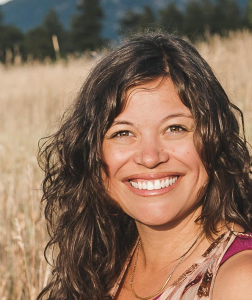


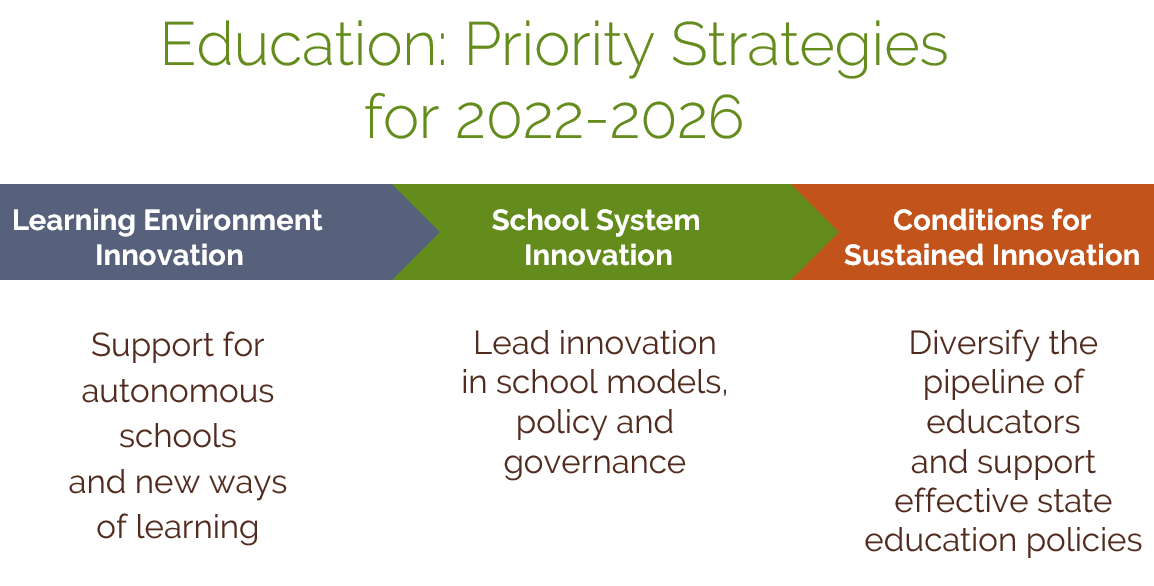

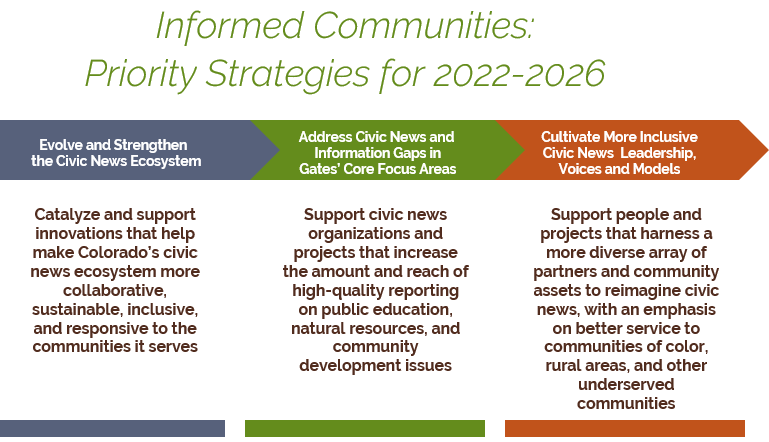
 Finally, also in 2023 a total of $410,956 previously committed by Gates to the
Finally, also in 2023 a total of $410,956 previously committed by Gates to the 
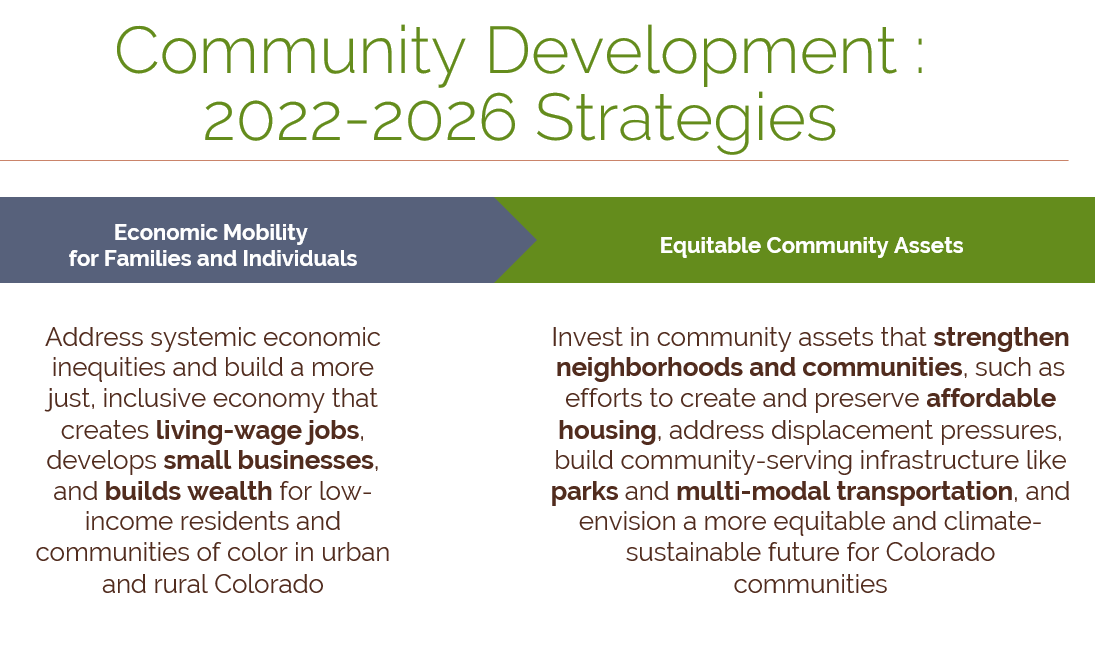

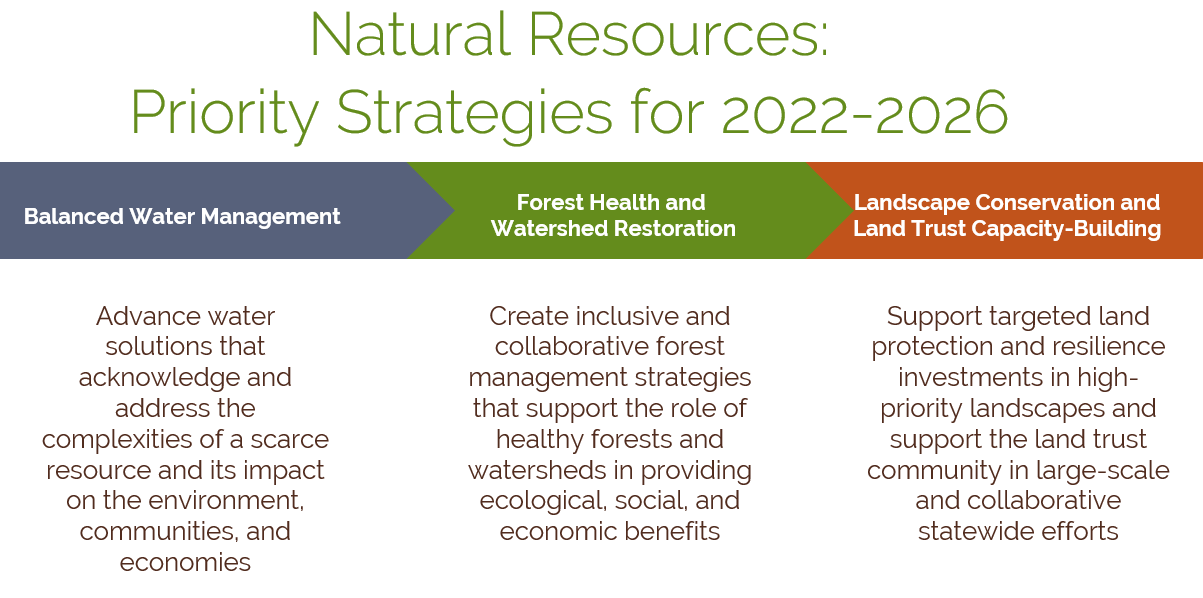
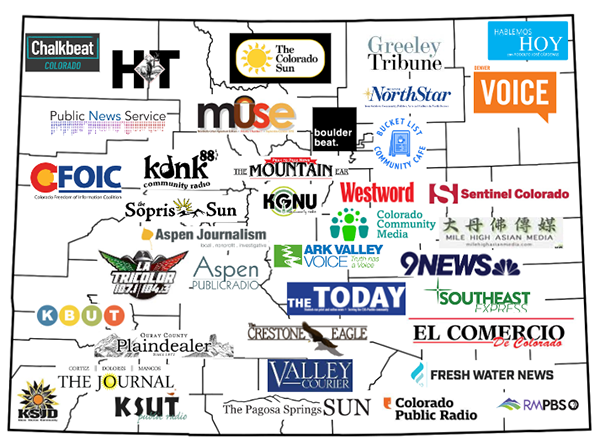 A total of $1,110,956 committed to the
A total of $1,110,956 committed to the 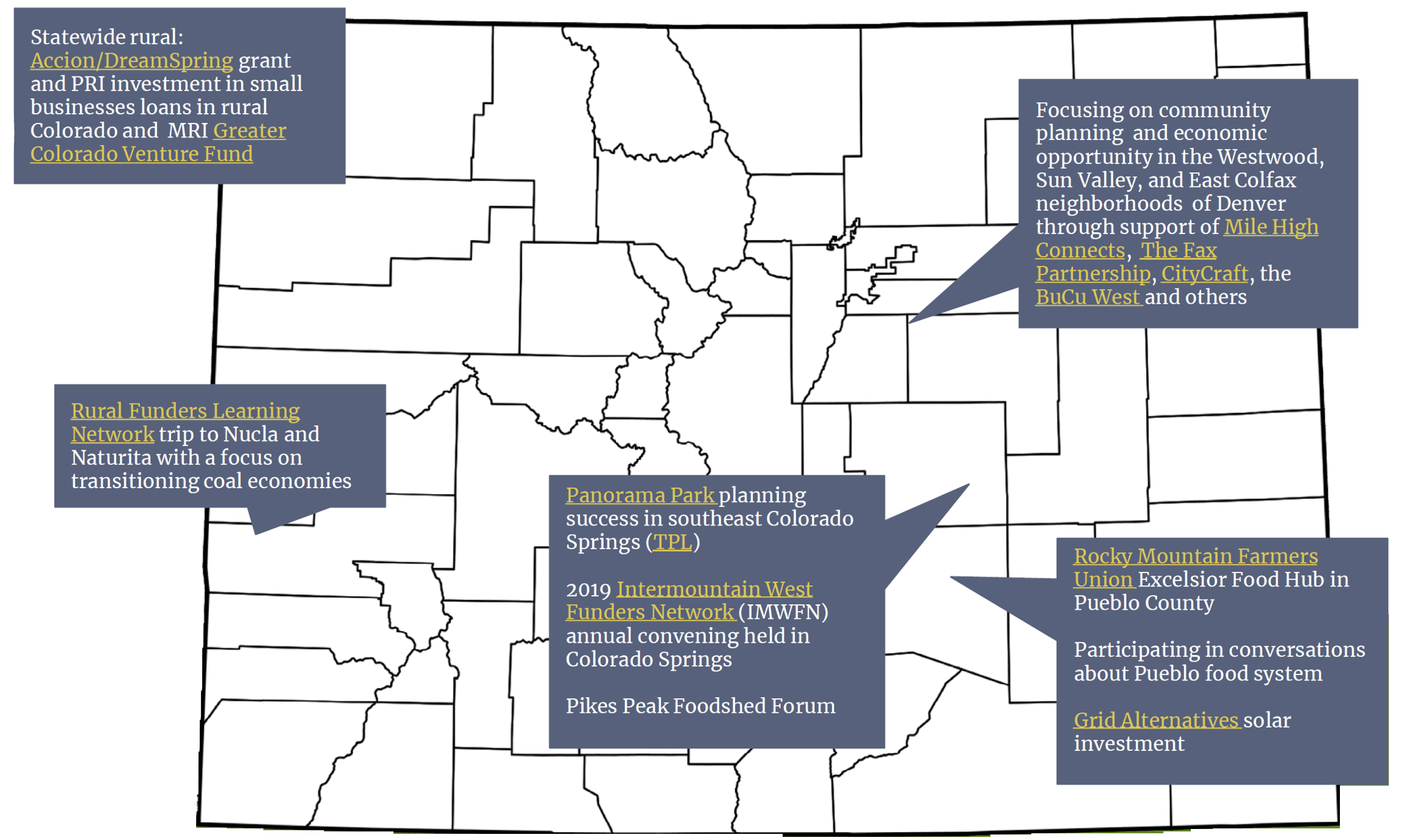 In 2019, the Community Development program committed $932,500 in strategic grants to 13 organizations and $465,000 in responsive capital grants to 12 organizations. New impact investments supporting vibrant communities in 2019 included a $500,000 MRI to
In 2019, the Community Development program committed $932,500 in strategic grants to 13 organizations and $465,000 in responsive capital grants to 12 organizations. New impact investments supporting vibrant communities in 2019 included a $500,000 MRI to 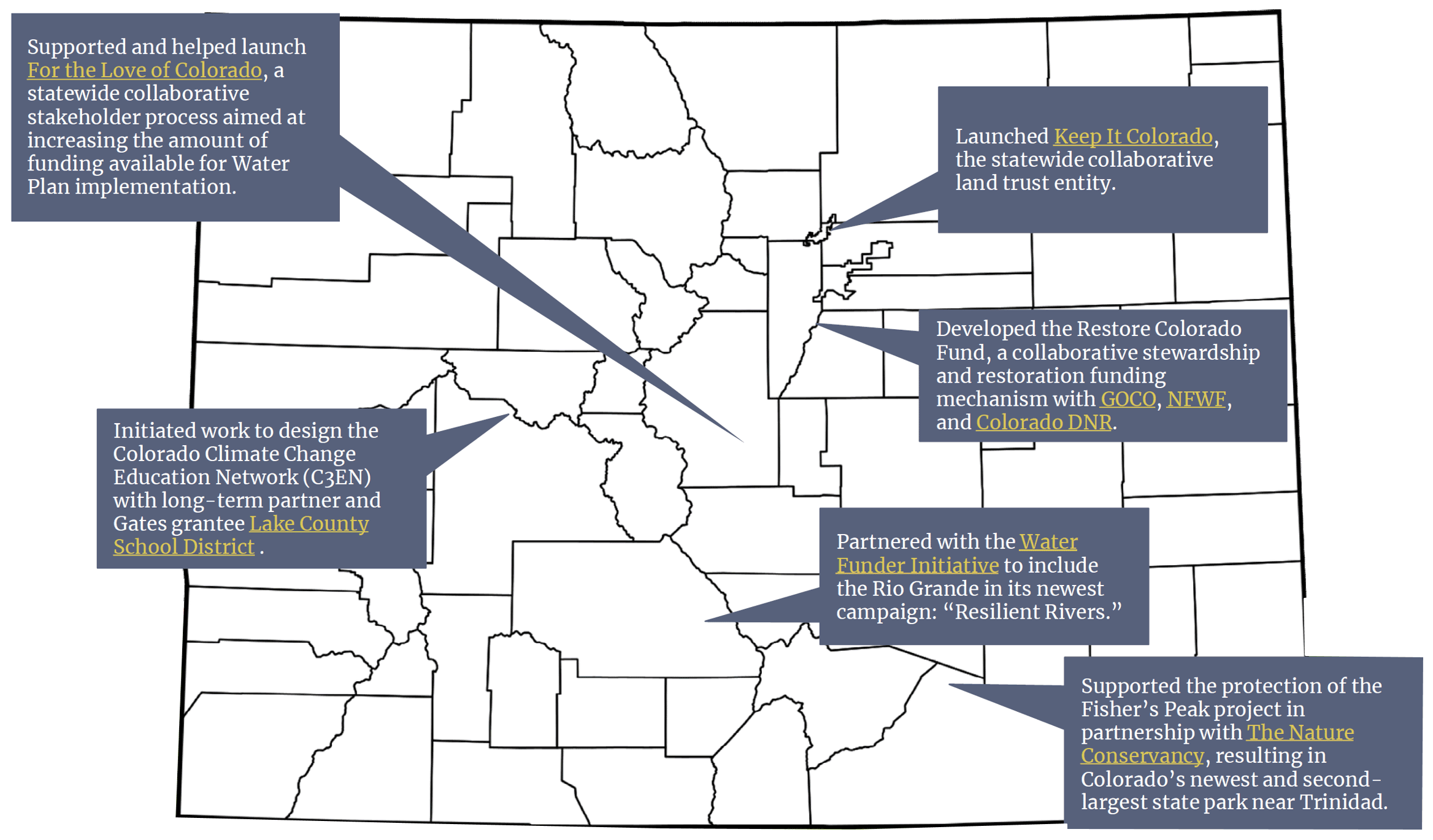 Our Focus Landscapes initiative, a key element of our Natural Resources program, underwent a comprehensive review, revision, and re-launch in 2019. This initiative was launched in 2011 to help Colorado achieve landscape-scale conservation through the protection of private lands in specific geographies. A great deal of progress was made in North Park, southeast Colorado, and the San Luis Valley, resulting in more than 200,000 acres of farm and ranch lands conserved, along with their associated ecological values. The strategic review process was done in close partnership with the land trust organizations representing those geographies, providing lessons-learned and an exploration of emerging opportunities. The revised Focus Landscapes initiative will first focus on two geographies:
Our Focus Landscapes initiative, a key element of our Natural Resources program, underwent a comprehensive review, revision, and re-launch in 2019. This initiative was launched in 2011 to help Colorado achieve landscape-scale conservation through the protection of private lands in specific geographies. A great deal of progress was made in North Park, southeast Colorado, and the San Luis Valley, resulting in more than 200,000 acres of farm and ranch lands conserved, along with their associated ecological values. The strategic review process was done in close partnership with the land trust organizations representing those geographies, providing lessons-learned and an exploration of emerging opportunities. The revised Focus Landscapes initiative will first focus on two geographies: 